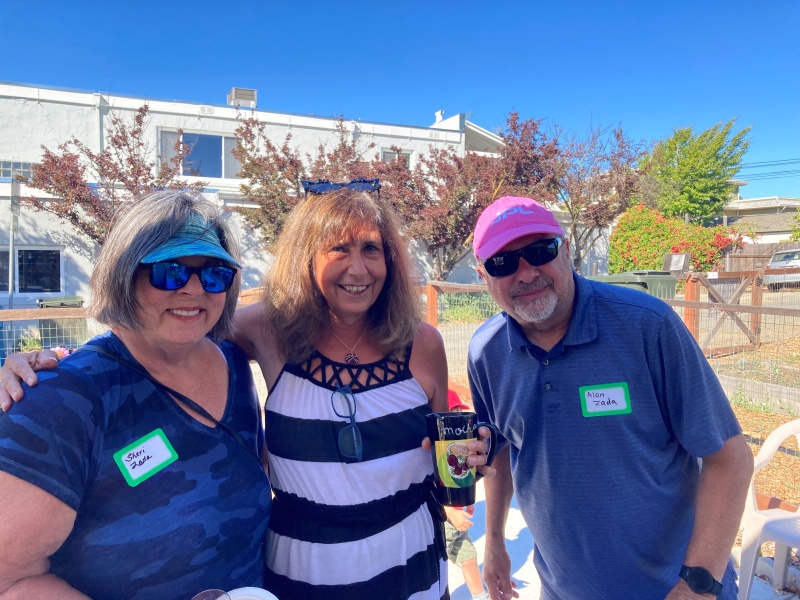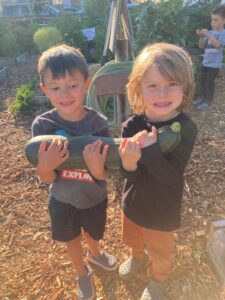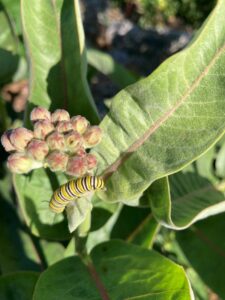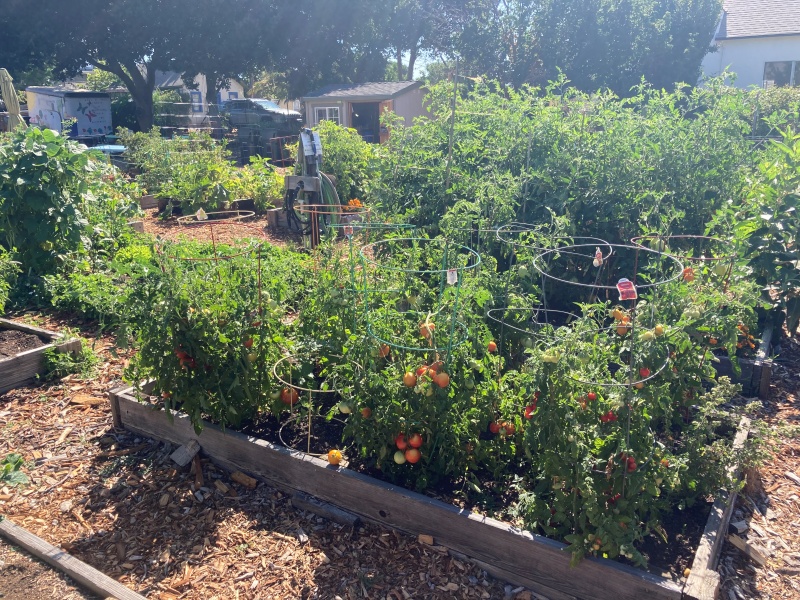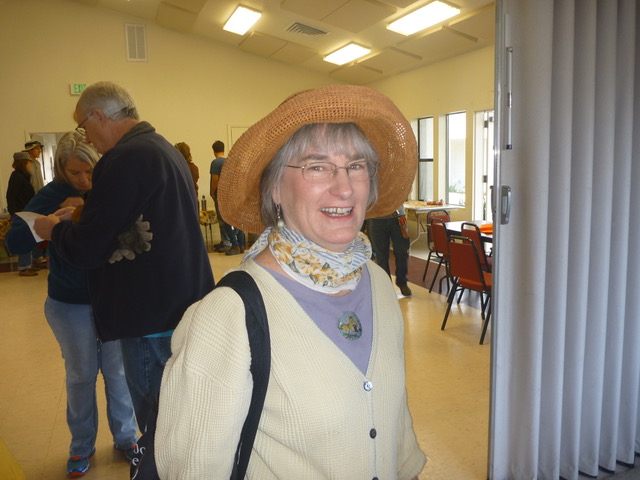Oct 2, 2017
Food, environment and human health, local economy and resilient communities
By Elena Karoulina
Executive Director of Sustainable Solano

Image from Pixabay
When was the last time you had Solano-grown produce on your dinner table? The most possible answer is ‘never’, unless you grow your own food in your garden or your backyard food forest. It’s a very unusual situation for a Bay Area county that is still largely agrarian, at least in the land use patterns.
Sustainable Solano is embarking on a new project to bring more local food to our communities and to connect our local farmers, chefs, and residents with the gifts of our land and with each other.
At the very end of September we received great news from the United States Department of Agriculture (USDA): our proposal to further our vision by developing a business plan for Solano Community Food Centers was selected for funding! Annually, USDA funds about 14% of grant applications for local food projects, and we are honored to earn support on a federal level.
What is a Community Food Center? It is a hub for local food activities: CSAs deliveries, cooking classes, community education, and large kitchens where chefs and community members can cook wholesome nutritious meals. Larger Community Food Centers can include a food co-op.
Although Solano County produces close to $354 million worth of agricultural products and exports these products to more than 40 countries, only a fraction of that amount remains in the county due to weak distribution system, lack of sales outlets and somewhat low interest in local food. You can hardly find any Solano-grown products in our farmer markets, stores and restaurants. Small farmers struggle to hold on to their land and to connect with local customers.
Where do we buy local food? People who can afford it obtain their local ag products in the markets outside our county: Napa, Sonoma, Berkeley (thus spending local money outside our local communities). Some cities in Solano are blessed with Community Supported Agriculture, but not many people know about this option and take advantage of it. People with low means have to go without local fresh food at all. Solano is a county of commuters, and unfortunately, the only option available for families on a go is fast-food restaurants and convenience stores (you cannot find local food there!).
We pay dearly for this lack of access to local food with our health: Solano County is among the sickest counties in the nation. Obesity, diabetes, heart disease rates are above national average in our home county.
Food, human health, the environment and local economies are all interconnected; by creating a network of city-based Community Food Centers, there is potential to re-envision and re-construct Solano County’s food system so that it works for everyone in the local food supply chain.
Sustainable Solano has partnered with researchers at UC Davis, Solano County Department of Agriculture and Department of Public Health to conduct a feasibility study, develop an effective business plan, and outline implementation for local food businesses that aggregate, process and distribute locally-produced, healthy food products. Our big vision is the environmentally and economically sustainable, equitable local food systems in Solano County.
We are looking for urban and rural farmers, chefs and local food activists interested to implement this vision. We’d love to hear from you with your comments, suggestions, reflections, and offers to help. Please email directly to me at elena@sustainablesolano.org
Let’s make it happen! I am looking forward to meet all of you at the official launch of the program on Wednesday, October 25, at 7 pm, at Benicia’s Heritage Presbyterian Church (doors open at 6 pm). Please join our Advisory Board members Dr. Feenstra and Dr. Campbell in the conversation about the future of food and why local resilient food system is so important. Come meet the project team and all of us interested to bring this vision to reality.
Mar 1, 2017
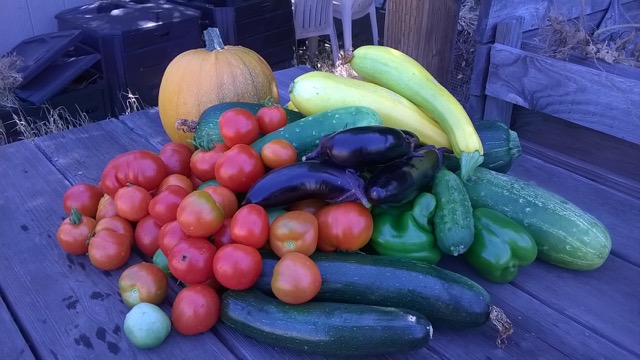
Share Plot Harvest, July 2016
Benicia Community Gardens Annual Meeting on February 18, 2017
After a brief welcome by Marilyn Bardet, Board President, our executive director, Elena Karoulina, explained that the Benicia Community Gardens and Orchard are now part of Sustainable Solano. In the past few years Elena and the Board have added many new initiatives, including 7 food forests in Benicia and consumer supported agriculture programs to supply residents with sustainably sourced vegetables, meat, fish, and other food products. The food forests have saved an impressive amount of water. These accomplishments caught the attention of Solano County officials, who asked our group to bring some of these programs to other parts of Solano County. So the name change reflects the new and broader mission of bringing sustainable food (in many forms) to Solano County.
The group then heard from the coordinators of Avant Garden, Swenson Garden and the Community Orchard. Avant Garden is almost full, but many of the beds at Swenson are empty. The Share plot at Avant Garden provided over 700 pounds, an impressive amount of food! All 3 coordinators requested increased participation in work days. As discussed last year, people who did not provide the minimum hours last year will be charged extra this year. Annual agreements were signed and the annual fees were collected. Agreements and fees for 2017 are due by March 21. Contact your garden coordinator if you missed the Feb 18 meeting!
